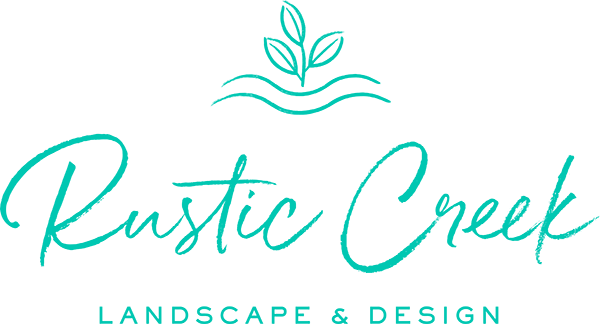A “sustainable” landscape, also known as an “eco-friendly” or “green” landscape, is an outdoor area that is designed and maintained in a way that minimizes negative environmental impacts. Sustainable landscapes also promote conservation, efficiency, and biodiversity, using practices that are environmentally responsible. With recent trends toward more environmentally friendly solutions in all industries, sustainable landscaping is becoming increasingly popular for both private yards and public spaces.
Here are some key features and principles of a sustainable landscape:
Water conservation.
Water conservation is one of the most important (and appealing) functions of sustainable landscaping. Sustainable landscapes aim to reduce water usage by using things like:
- Efficient irrigation systems
- Drought-tolerant plants
- Rainwater harvesting techniques
- Proper soil management to optimize water retention
Together, these features help use less water while still allowing the landscape to grow and thrive. This makes sustainable landscaping a very attractive option for both residential and commercial spaces.
Native plants and biodiversity.
Native plants are well-suited to the local climate, require less water, and provide a habitat for native wildlife. Sustainable landscapes prioritize the use of native plants. This in turn supports the local ecosystem.
Soil health and composting.
Sustainable landscapes focus on maintaining healthy soil through practices like composting, which enriches the soil with organic matter and reduces the need for synthetic fertilizers. This helps to improve plant health, increases water absorption, and benefits overall ecosystem balance. Plus, it reduces human exposure to potentially harmful chemicals.
Efficient resource management.
Sustainable landscapes aim to minimize waste and maximize resource efficiency. This can be done with virtually every element of outdoor design, including practices such as using organic mulch to reduce water evaporation, implementing proper composting systems, or even selecting energy-efficient lighting for outdoor spaces.
Natural pest management.
Instead of relying solely on chemical pesticides, sustainable landscapes use strategies that employ a combination of natural pest control methods (such as beneficial insects and companion planting) to manage pests in a more environmentally friendly way.
Wildlife habitat creation.
Many sustainable landscapes provide habitats for wildlife by incorporating features like bird feeders, nesting boxes, and pollinator-friendly plants.
Less real grass.
Lawns require a significant amount of water and maintenance, and they often rely on synthetic fertilizers and pesticides. Sustainable landscapes minimize real grass areas by replacing them with native plants, ground covers, or permeable surfaces that reduce water usage and runoff. This contributes to an overall more sustainable design while still maintaining the beauty of more “traditional” landscaping.
Sustainable landscapes not only promote environmentally friendly practices, they also usually result in less maintenance and lower costs for home and property owners. This makes them a fantastic option all around for smart, beautiful, and functional landscaping.

